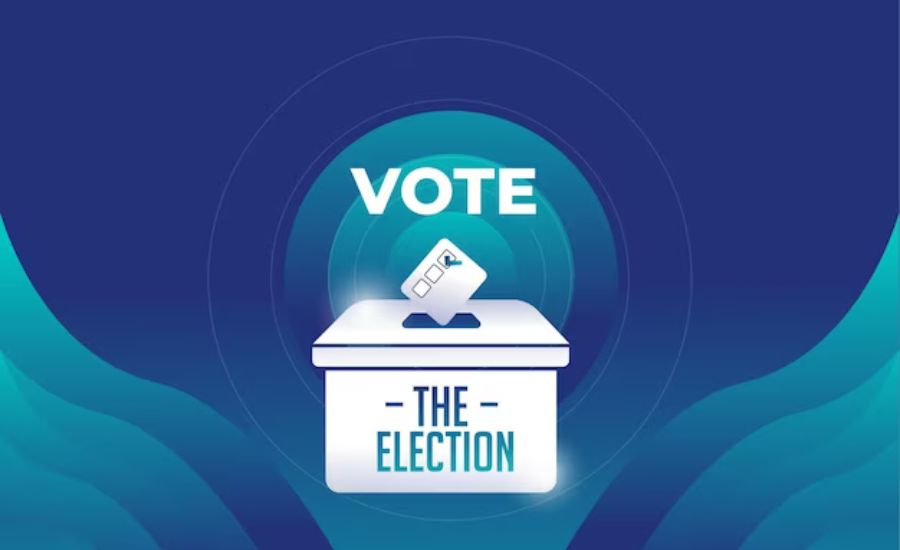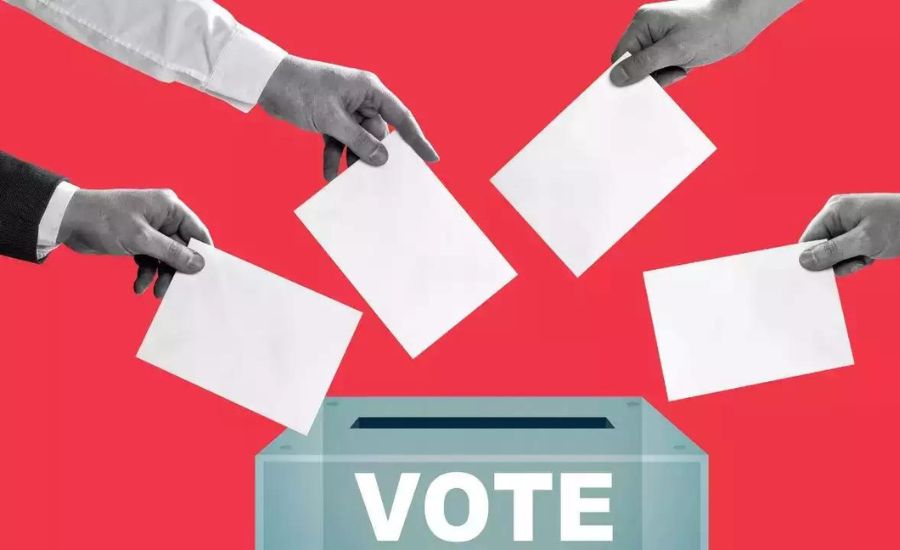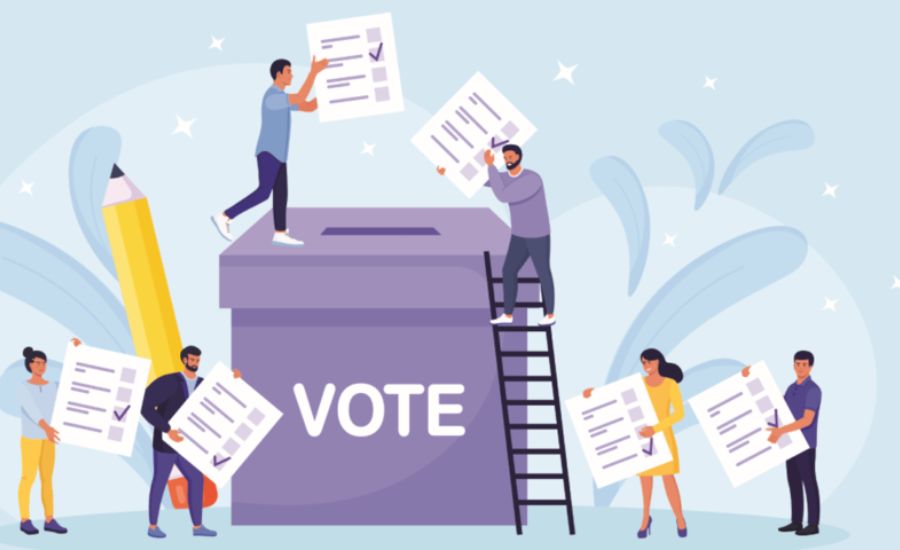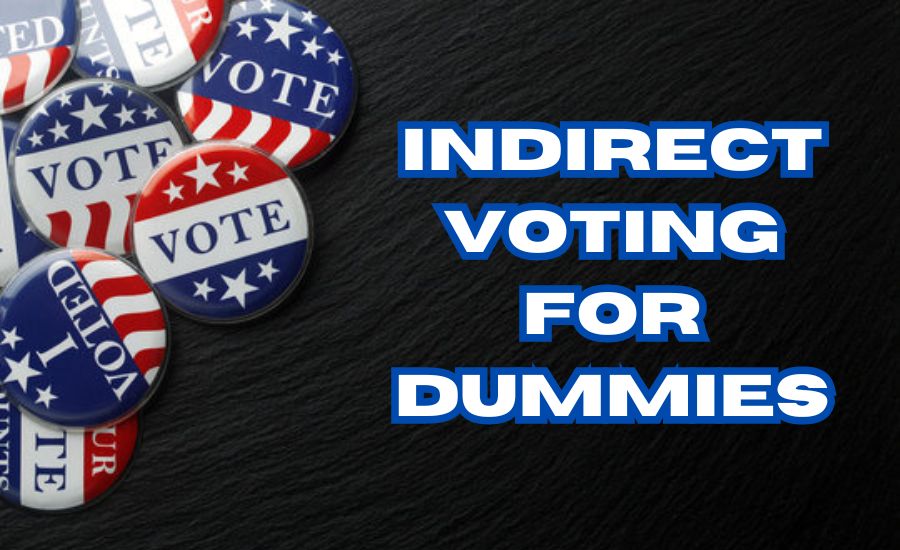Indirect Voting for Dummies might sound complicated, but it’s actually a simple idea. Instead of voting directly for a leader, you vote for someone who will choose the leader for you. It’s like picking a friend to choose the best game for everyone to play instead of choosing the game yourself.
In many countries, Indirect Voting for Dummies helps make big decisions more manageable. For example, in the U.S., when you vote for president, you’re actually choosing a group of electors who then pick the president. This method helps balance different states’ voices and makes sure everyone has a say.
What is Indirect Voting for Dummies? A Basic Overview
Indirect Voting for Dummies might sound tricky, but it’s actually simple. Instead of voting directly for who you want to be in charge, you vote for someone else who will make that choice for you. Imagine you are picking a team leader by first choosing your team members, and then they pick the leader.
This method is used in many places to help manage big decisions. It means people who are more informed about the issues make the final choice. This way, the decision-making process is more organized and balanced.
Indirect voting helps in big countries where everyone can’t vote on every decision. By choosing representatives to vote for us, we make sure that everyone’s voice is heard in a manageable way.
Why Choose Indirect Voting for Dummies? Understanding Its Purpose

So, why do we use indirect voting? For starters, it helps manage large groups of people. **Indirect Voting for Dummies** is useful in countries with many voters. Instead of everyone voting on every single issue, we choose people to do that for us.
Another reason is to ensure that different regions have a fair say. This helps smaller areas get noticed and not be overshadowed by larger places. It keeps the system balanced and fair for everyone involved.
Finally, indirect voting allows for decisions to be made by people who know more about the issues. This means the choices might be better and more thought-out, as experts or experienced individuals make the final decisions.
How Indirect Voting for Dummies Works in Simple Terms
Understanding how **Indirect Voting for Dummies** works can be easy if you break it down. First, you vote for representatives or electors. These people are chosen to act on your behalf when important decisions need to be made.
Once these representatives are elected, they then vote on who will lead or make final decisions. For example, in the U.S., you vote for electors who will then pick the president. This adds a step between your vote and the final outcome.
This process helps manage big elections and ensures that the final decision is made by a group of people who understand the issues well. It’s a way to make sure that all voices are considered, even if the system seems a bit complicated.
Indirect Voting for Dummies: Key Examples Around the World
Indirect Voting for Dummies can be seen in different places around the world. In the United States, the Electoral College is a famous example. When Americans vote for president, they are actually choosing electors who will cast the official votes.
In countries like India and the United Kingdom, people vote for members of parliament. These parliament members then choose the prime minister. This system makes sure that leaders are selected by representatives who are closely connected to the voters.
Internationally, the United Nations uses indirect voting too. Member countries vote for representatives who then select important positions, like the Secretary-General. This helps balance the influence of different countries.
The U.S. Electoral College Explained for Dummies
The U.S. Electoral College is a key example of **Indirect Voting for Dummies**. When you vote in a presidential election, you are not voting directly for the president. Instead, you vote for electors from your state.
These electors then cast their votes for president. This system is used to ensure that smaller states have a fair say, not just the bigger states with more people. It adds a layer between your vote and the final decision.
This way, the election process balances the influence of different states. While it may seem confusing, it’s designed to make sure everyone’s voice counts in a fair way.
How Parliamentary Frameworks Use Indirect Voting for Dummies

In many countries, Indirect Voting for Dummies is used in parliamentary systems. Here, people vote for members of parliament, who then choose the head of state or government.
For example, in the United Kingdom, citizens vote for Members of Parliament (MPs). The party with the most MPs usually gets to choose the prime minister. This process ensures that the leader has the support of a majority in parliament.
Similarly, in Canada and India, voters choose their parliament members, who then elect the prime minister or president. This system helps keep the government stable and connected to the people’s choices.
Indirect Voting for Dummies in International Organizations
Indirect Voting for Dummies is not just for national elections. It’s also used in international organizations like the United Nations. Member countries vote for representatives who then make important decisions.
For instance, to choose the UN Secretary-General, countries vote for representatives in the General Assembly. These representatives then select the Secretary-General. This process helps balance the influence of different countries.
By using indirect voting, international organizations ensure that decisions are made fairly and reflect the interests of a broad range of member states.
The Advantages of Indirect Voting for Dummies
Indirect Voting for Dummies offers several advantages. First, it helps manage large populations. Instead of everyone voting on every issue, representatives make decisions, making the process smoother and more organized.
Another advantage is balanced representation. Smaller regions or states get a fair say, ensuring that their interests are considered. This prevents larger areas from overwhelming the system.
Additionally, it can lead to more informed decisions. Representatives or electors are often more knowledgeable about complex issues, which can result in better choices for everyone.
What Are the Disadvantages of Indirect Voting for Dummies?
While Indirect Voting for Dummies has its benefits, it also has some disadvantages. One major issue is that the final decision might not always reflect what most people want. This can lead to dissatisfaction among voters.
Another problem is the complexity of the system. It can be confusing for people to understand how their vote translates into the final decision. This confusion can reduce transparency and voter engagement.
Lastly, there’s a risk that representatives may not always act according to their constituents’ wishes, which can lead to accountability issues. This concentration of power might also result in potential misuse or influence.
Indirect Voting for Dummies vs. Direct Voting: What’s the Difference?

Indirect Voting for Dummies and direct voting are different in how decisions are made. With direct voting, you vote directly for a candidate or decision. It’s straightforward and immediately shows the public’s opinion.
Indirect voting, on the other hand, involves electing representatives who make the final choice. This method is used to manage large-scale elections and ensure balanced representation among different regions or groups.
Direct voting is simple and transparent but can lead to issues like populism. Indirect voting adds a layer of expertise and balance but can be more complex and less direct in reflecting the public’s will.
How to Get Involved in Indirect Voting for Dummies
To make the most of **Indirect Voting for Dummies**, start by educating yourself. Learn about the candidates or representatives you will vote for. Understand their policies and how they align with your values.
Participate in all elections to help choose the right representatives. These representatives will make important decisions on your behalf. Staying informed about their actions will help you hold them accountable.
If you think the system needs changes, get involved in reform efforts. Supporting initiatives that aim to improve the voting process can help make the system work better for everyone.
Tips for Understanding Indirect Voting for Dummies
Understanding **Indirect Voting for Dummies** can be easier with some tips. Start by breaking down the process into simple steps. First, know that you are voting for someone to represent you, not directly for the final decision.
Familiarize yourself with the key players involved in the system. For instance, in the U.S., understand the role of electors in the Electoral College. This will help you see how your vote contributes to the final outcome.
Stay updated with how the system works in your country. This knowledge will make it easier to follow elections and understand how your vote impacts the decision-making process.
Indirect Voting for Dummies: Why Some Countries Use It
Countries use **Indirect Voting for Dummies** for several reasons. One reason is to manage large populations more effectively. Direct voting on every issue would be impractical, so representatives make decisions on behalf of the people.
Another reason is to balance power between different regions. Indirect voting ensures that smaller areas have a fair say, preventing larger regions from dominating the process.
Additionally, it allows for more informed decision-making. Representatives or electors are often more knowledgeable about complex issues, which helps in making better choices for everyone.
Latest Blog: Gowagerhub
Can Indirect Voting for Dummies Be Reformed? Exploring Possibilities

Yes, Indirect Voting for Dummies can be reformed. Reforms might involve changing how representatives are selected or altering the voting process to better reflect public opinion. These changes aim to make the system more transparent and fair.
One way to reform the system is by improving how representatives are chosen. Ensuring they are more accountable to their constituents can address some issues with misrepresentation.
Another possibility is to streamline the process to make it simpler for voters to understand. This can help increase voter engagement and make the system more effective in representing people’s choices.
Indirect Voting for Dummies: How It Impacts Your Vote
Indirect Voting for Dummies impacts your vote by adding a layer between your choice and the final decision. When you vote, you are selecting representatives or electors who will then make important choices on your behalf.
This process can affect how your vote translates into the final outcome. While it helps manage large elections and ensure balanced representation, it can sometimes lead to results that don’t directly reflect the majority’s preferences.
Understanding how this system works helps you see how your vote contributes to the larger decision-making process and how representatives play a role
Conclusion
In summary, **Indirect Voting for Dummies** is a way to manage big decisions by letting elected representatives or electors make choices on your behalf. Instead of everyone voting on every detail, you choose people who will handle these important decisions for you. This method helps make sure that everyone’s voice is heard and that the system works smoothly, especially in large countries or organizations.
While it might seem complicated, understanding **Indirect Voting for Dummies** can help you see how your vote contributes to the final results. It balances the power among different regions and ensures that decisions are made by people who know a lot about the issues. So next time you vote, remember how this system helps keep everything fair and organized!
Do You Know: View-Sourcehttps-Milfat-com-Threads-13244
FAQs on Indirect Voting for Dummies
Q: What is indirect voting?
A: Indirect voting is when you vote for representatives or electors who then make the final decision on your behalf, rather than voting directly for a candidate or issue.
Q: Why do some countries use indirect voting?
A: Countries use indirect voting to simplify decision-making, balance power between regions, and ensure that decisions are made by experienced representatives.
Q: How does indirect voting work in the U.S. Electoral College?
A: In the U.S., you vote for electors who then cast the official votes for president and vice president. This system helps balance the influence of different states.
Q: What is an example of indirect voting in a parliamentary system?
A: In countries like the UK or India, you vote for members of parliament who then choose the prime minister or president, rather than voting for these leaders directly.
Q: What are the advantages of indirect voting?
A: Indirect voting can provide better representation, balance regional interests, and make decision-making more manageable in large systems.
Q: What are the disadvantages of indirect voting?
A: Disadvantages include a potential disconnect from the popular will, increased complexity, and the risk of misrepresentation by elected officials.
Q: Can indirect voting lead to unexpected election results?
A: Yes, because the final decision is made by representatives or electors, not the general public, the results might not always match the popular vote.
Q: How can I learn more about my country’s indirect voting system?
A: To learn more, research your country’s specific system, consult official government resources, or talk to experts in political science.
